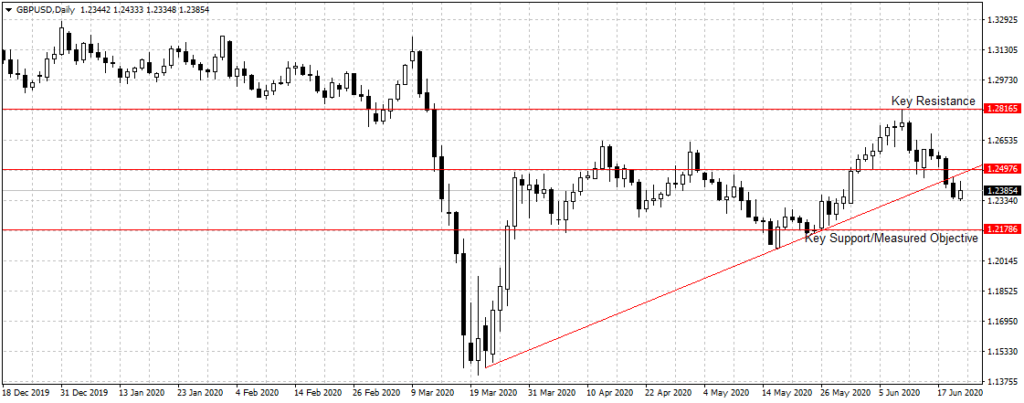Dollar Trades Lower as Concern Over Second Wave of COVID-19 Deepens
The United States dollar slipped on Monday as investors remained concerned over the rising number of COVID-19 confirmed cases in the US and the rest of the world.
The world’s largest economy that recently announced additional stimulus to further boost economic recovery and support small businesses reported more than 30,000 new cases on Friday and Saturday, making it the highest daily totals since May 1, according to data compiled by Johns Hopkins University.
“We expect the FX markets to remain caught between recovering economic indicators and concerns about a second-wave of COVID-19 infections in the week ahead,” analysts at Barclays stated on Monday
Sameer Goel, a chief macro strategist at Deutsche Bank, Asia, said the big question for investors right now on US dollar is the greenback should be trading at a safe-haven risk premium as concerns rise over a potential second wave of virus infections.
During the Asian trading session, the US dollar index stood at 97.503 against a basket of currencies, down from 96.5 it traded earlier in the month.
Against the British Pound, the US dollar pulled back slightly after plunging for the last 8 days as shown below.

Tope Pete, a currency trader, who spoke with our correspondent on GBPUSD pair, said “1.2175 is an area of interest on the daily chart for the cable. It is an area that lies around the 38.2 percent fibo level of 2019 high (1.3513 of Dec 13, 2019) and 2020 low (1.1640 of Mar 2020).
“As can be seen on this daily chart, a bearish candle pattern for a reversal in an uptrend market was completed on June 11, 2020, right beneath the 61.8 percent fibo region of the aforementioned high and low area. An entry at the end of the candle pattern formation would have given a sell entry at the opening of June 12, 2020 candle with Targets at the 50 percent area (1.2465) and 38.2 percent area (1.2210).
“However, for those who couldn’t get in at the aforementioned entry, a further selloff is been anticipated while entries will only be confirmed with a strong bearish candle reversal pattern along the 50 percent region where it currently is.
“A strong bullish run above the 1.2720 area totally invalidates this setup.
“As the UK government looks to ease down on the COVID-19 guidelines on social distancing, more business will open up for transaction and this could help the UK economy make a good spring.”